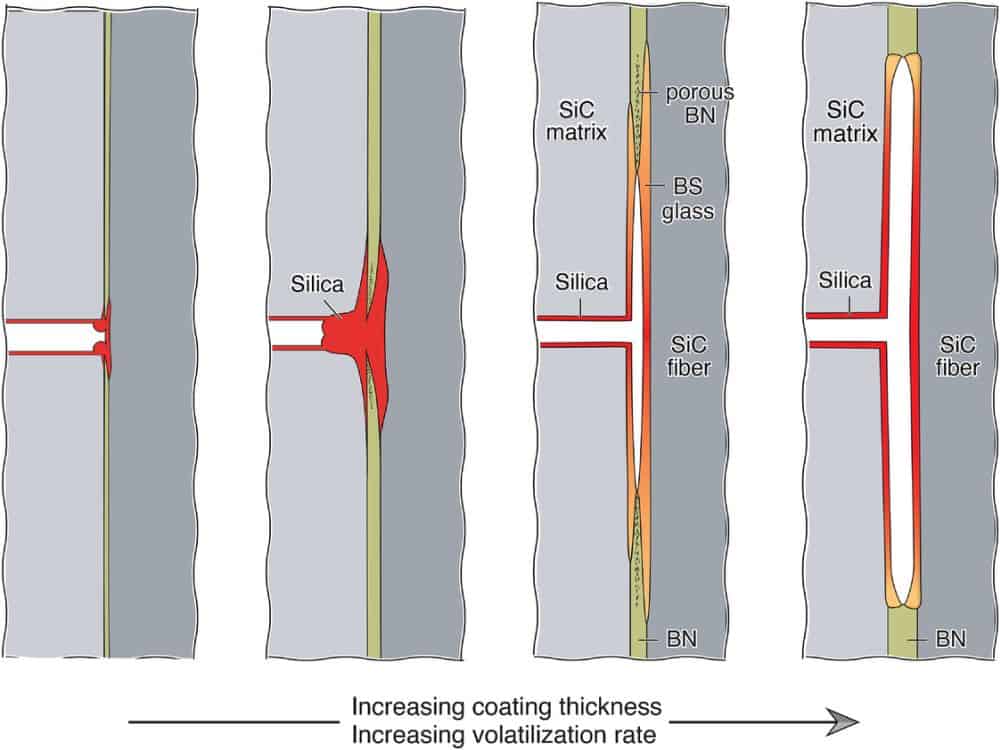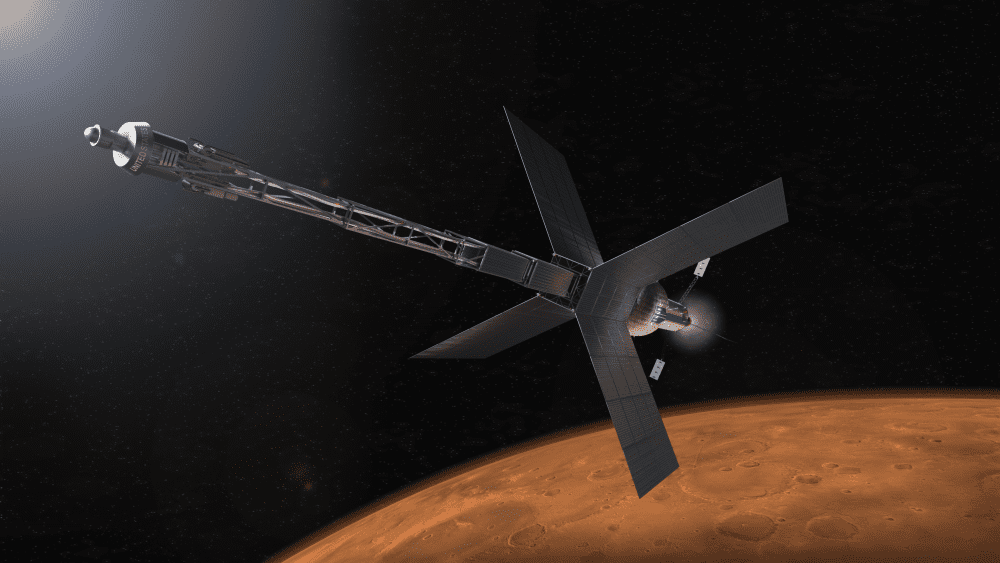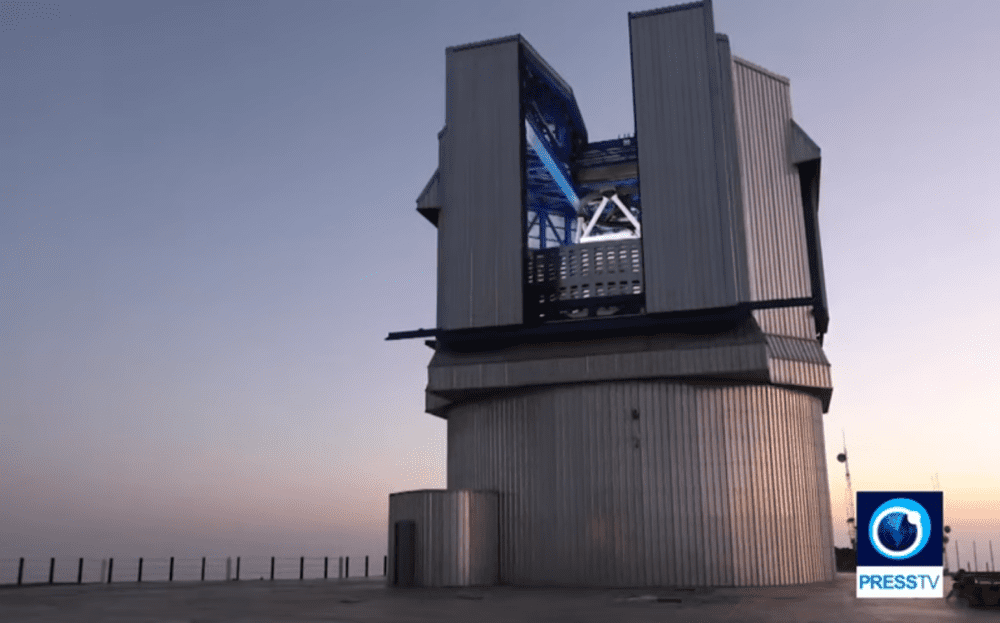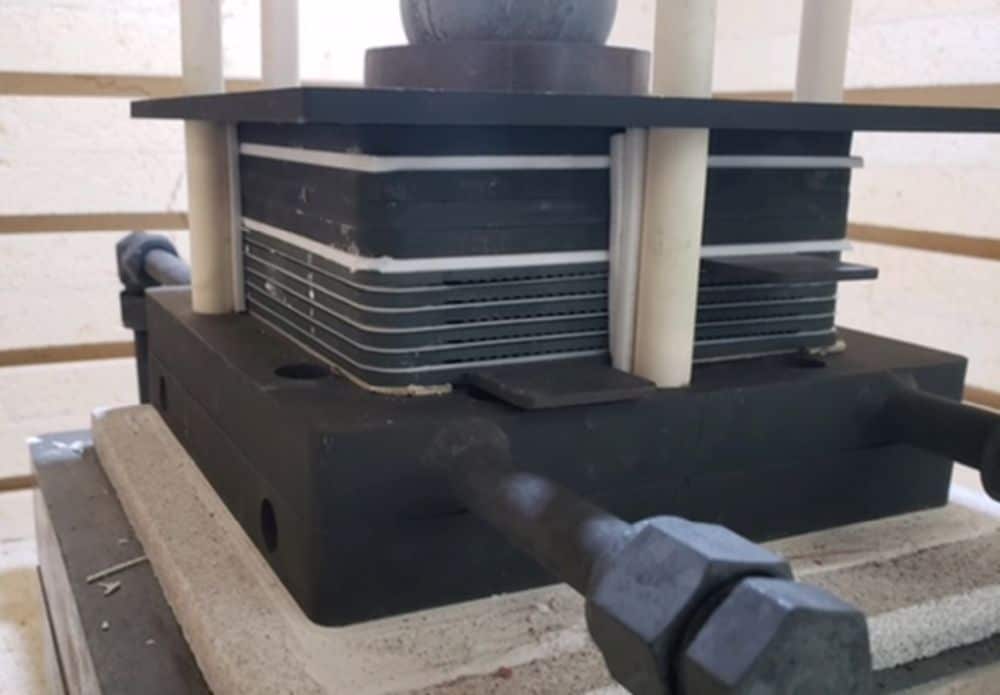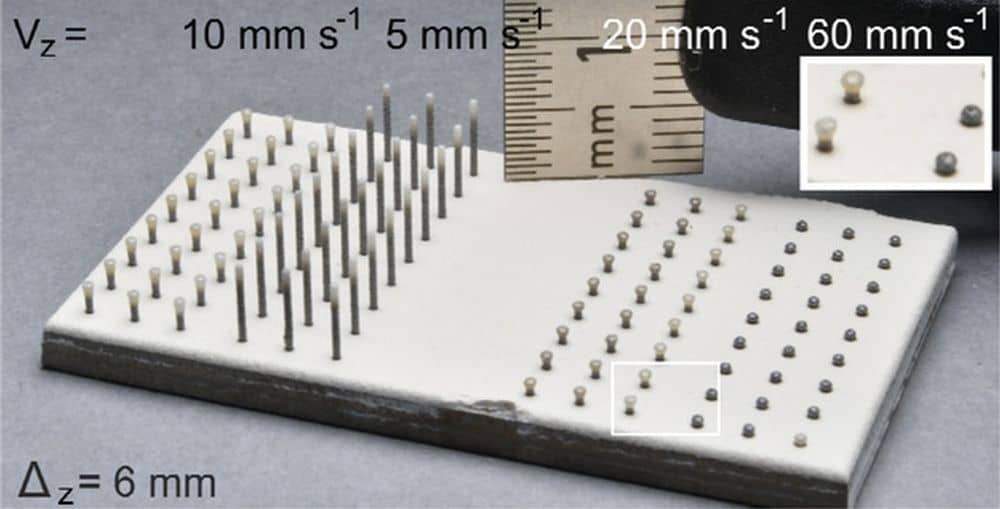Though the presence of water on the moon is a well-confirmed fact, the origins of this water and its distribution on the lunar surface remain largely unknown. Thanks to new lunar samples brought back by the Chinese Chang’e 5 lunar exploration mission, researchers now know that impact glass beads appear to play a significant role in the lunar surface water cycle.
Read MoreTo achieve manned missions to Mars, spacecraft will need to maximize fuel usage. Nuclear thermal propulsion is one technology actively on NASA’s radar. In a recent study, researchers from Missouri S&T and NASA Marshall used a surrogate material to explore the thermal properties of a cermet fuel that may be used in future nuclear propulsion systems.
Read MoreThe December 2022 issue of the ACerS Bulletin—featuring an overview of ceramics and glass used in space travel and exploration—is now available online. Plus—new C&GM and ceramicSOURCE 2023.
Read MoreWhile missions that take place in space often capture media headlines, ground-based operations are equally important in our search to understand the cosmos. Today’s CTT covers two recent announcements concerning observatories in Puerto Rico and Iran.
Read MoreMass and volume limitations make it challenging to load a spacecraft with all the equipment needed for a mission. An effort led by the Air Force Research Laboratory is developing a solid oxide fuel cell that converts chemical energy in a spacecraft’s bipropellant into electricity, thereby allowing an existing spacecraft component to be used as an auxiliary power supply.
Read MoreThe universe contains many complex chemistries and phenomena yet to be discovered or explained. Two recent studies offer a glimpse into how some ceramic materials may form in space.
Read MoreOxide–oxide ceramic matrix composites have desirable properties for use in engine components, but conventional processing techniques usually require high temperatures and pressures, which damage the oxide fiber. Researchers in India developed a one-step process for synthesizing mullite precursors that could lower sintering temperature.
Read More

